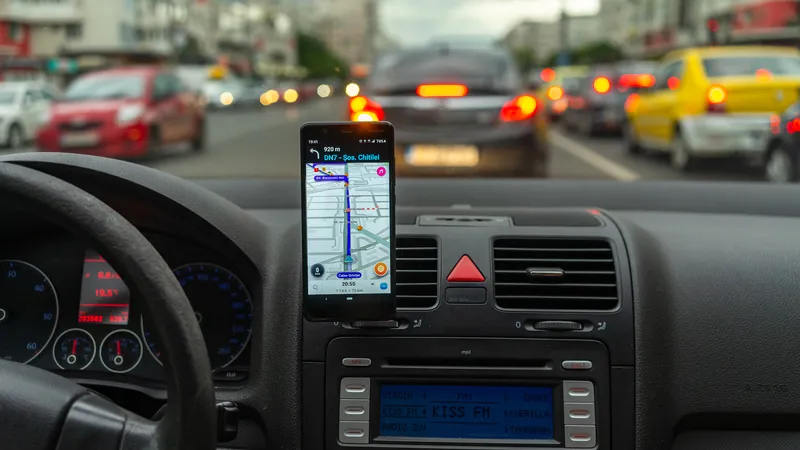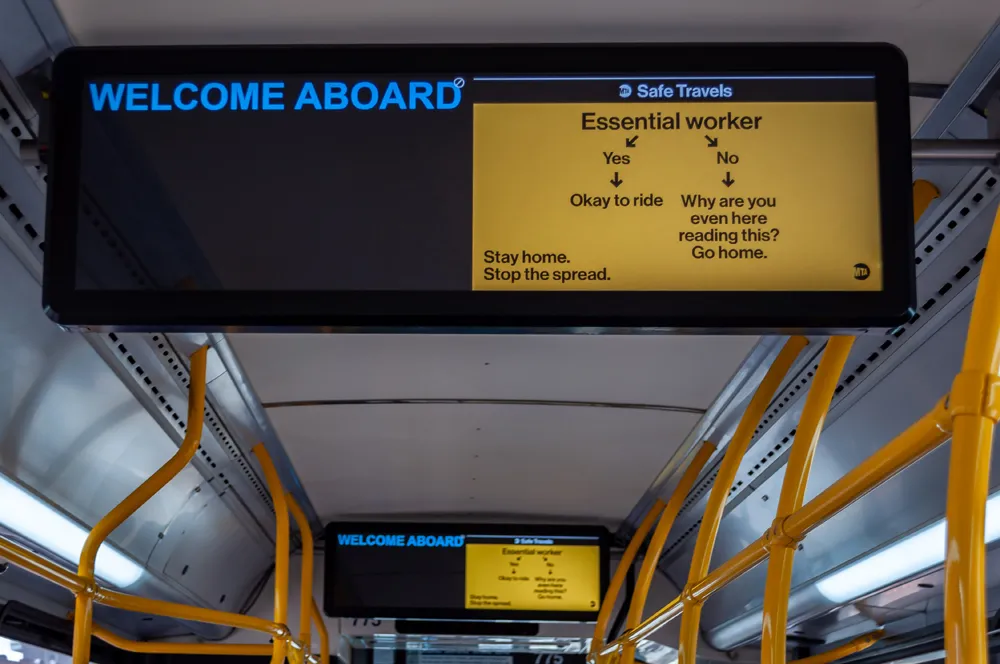
In an era where digital navigation and real-time traffic updates have become integral to daily commuting, accurately reflecting workzone activities on popular navigation platforms remains a significant challenge.
US state departments of transportation (DoTs) often find themselves at a crossroads, striving to share essential workzone data with navigation providers to ensure driver and workzone safety and minimise congestion. This does not have to be a secret formula to be able to have navigation providers publish your data constantly; it's already being done by state, county and even city DoTs across the country.
Accuracy and timeliness
For navigation apps like Google Maps, Waze and Apple Maps, the priority is to deliver an optimal user experience, which hinges on the accuracy and timeliness of the data provided.
The complexity of incorporating workzone data into these platforms stems from stringent requirements for precision and real-time updates. Traditional workzone reporting methods, often reliant on single-point data or road centre-line data, fall short of the necessary standards.
Navigation providers demand comprehensive mapping with up to 3m accuracy for specific closed lanes and the ability to update the status of workzones within a five-minute window. This level of detail ensures that drivers are aware of workzones ahead and receive reliable detour information, significantly reducing the risk of accidents and improving traffic flow.
DoT challenges
Integrating workzone data into navigation apps presents a multi-faceted challenge for state DoTs. The primary hurdle is aligning the data collection and sharing processes with the high standards set by navigation platforms. These standards require a departure from conventional data collection methods to adopt more sophisticated, geospatially accurate mapping techniques. Furthermore, many DoTs operate under the assumption that their data, once published to the Work Zone Data Exchange (WZDx), is automatically utilised by these apps. However, if the data does not meet the specific needs of navigation providers, it is often left unpublished, leading to a significant information gap. This discrepancy affects the reliability of navigation apps and compromises the safety of drivers navigating through or around workzones.

Crafting the blueprint
Accurate data is the cornerstone of seamless navigation app integration, emphasising the need for a multi-faceted data collection and sharing approach. At its core, a comprehensive permitting solution marks the initial step toward achieving this goal. This involves meticulously mapping data geospatially from the onset of work requests, covering everything from utility and capital improvement projects to public right-of-way permitting. By utilising detailed multi-point geometry mapping, rather than relying on outdated single-point data or road centre-line data, DoTs can ensure that every aspect of a workzone, including pre-approved detours, is accurately represented. This precision allows navigation providers to incorporate planned detours directly, enhancing the overall navigation experience.
“Integrating workzone data into navigation apps is complex yet imperative for the safety and efficiency of our roadways”
Beyond the permitting phase, the emphasis shifts to providing DoTs at all levels with visibility into all approved planned work. This visibility fosters improved interagency and cross-agency collaboration, offering a unified source of operational information. The integrity of this planned data is paramount, as it forms the basis for trust in the data shared with navigation apps. It's not just about mapping the workzones; it's about ensuring that the data accurately reflects all the aspects of planned workzones and the current conditions.
Transitioning to live data
The transformation of accurate planned data into live data represents a significant leap forward in workzone management. This process allows DoTs to notify navigation providers and the public within minutes of a workzone's activation or completion. Moreover, equipping first responders and roadside assistance providers with the tools to map live right-of-way disruptions facilitates a more dynamic response to emergencies. It ensures that drivers are promptly informed and can adjust their routes accordingly, and it even proactively navigates drivers away from disruptions, keeping the public and workers safer.

Strengthening publishing channels
A vital component of this ecosystem is the established relationships with all major navigation providers and vehicle OEMs. These partnerships are crucial for delivering in-cab notifications directly to consumers and commercial truck drivers, ensuring that safety alerts and updates are disseminated effectively. Through this, drivers will have a point of contact in every mode possible: on their cell phones via navigation providers, via their in-cab entertainment system, and even for commercial truck drivers in their ELDS (electronic logging device). The collaboration between DoTs and these navigation giants is vital for pushing the envelope in road safety and efficiency.
A success story: FDoT
Florida Department of Transportation (FDoT) is a prime example of this ecosystem in action. Through the implementation of the Lane Closure Notification System (LCNS), FDoT has managed to map and publish over 30,000 lane closures, with over 89% published on more than one navigation provider in less than five minutes. This significantly enhances workzone safety. This pioneering approach has safeguarded drivers and workers and paved the way for future advancements in data-driven road management.
Towards a collaborative future
The journey towards integrating workzone data into navigation apps is complex yet imperative for the safety and efficiency of our roadways. As we navigate the digital age, the partnership between state DoTs and navigation providers is more critical than ever. FDoT’s success story is a beacon, illuminating the path forward for DoTs nationwide. By adopting a detailed and automated approach to data accuracy, embracing geospatial mapping, and fostering collaboration across agencies, we can bridge the gap between traditional road management practices and the expectations of today's drivers.
This transformation is not merely about technological advancement: it's a paradigm shift towards a more informed, safer and dynamic roadway ecosystem. As state DoTs rise to meet the challenge, the benefits extend beyond the immediate convenience for drivers. Enhanced safety, reduced congestion and improved public trust in both road management authorities and navigation platforms are within reach. Our collective commitment to accuracy, timeliness and transparency in workzone data sharing is the key.
The future of roadway management is not a distant dream but an achievable reality. It calls for a united effort to elevate our infrastructure to meet the demands of the digital era. Together, we can ensure that every journey—whether through bustling city streets or serene rural landscapes—is guided by the most accurate, up-to-date information, marking a significant leap towards safer, smarter, and more connected communities.
ABOUT THE AUTHOR

Kieran Holloway is marketing manager - USA at Causeway One.network









